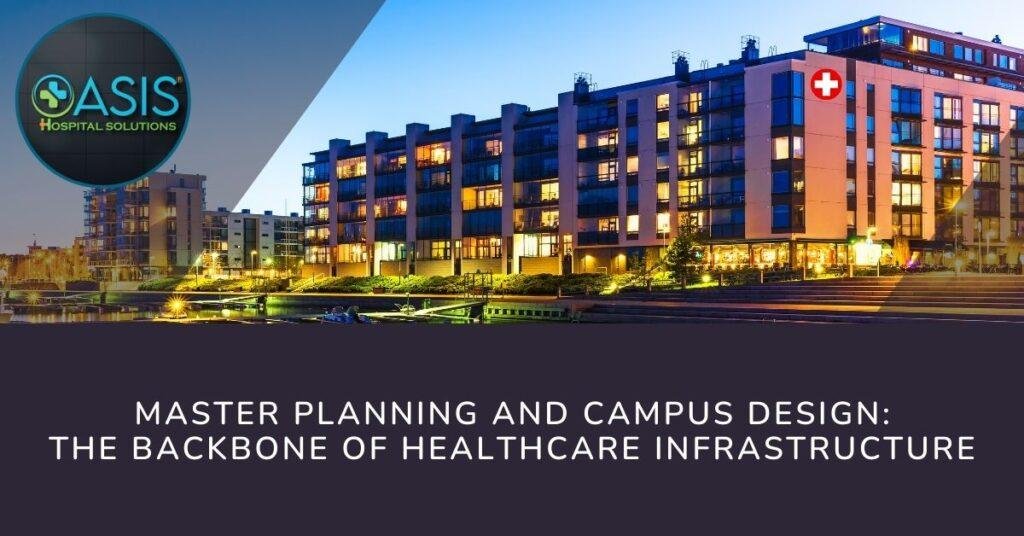- Home
- About Us
- NABH Certification
- Experience Team
- Services
- TPA Desk in Gujarat (ISO Certified Company)
- NABH (National Accreditation Board for Hospitals & Healthcare Providers)
- Corporate, Insurance & TPA Business Company Tie up in India
- Cashless Tie with up Services with Government Insurance / CGHS / Government Health Scheme
- Benefit to Hospitals
- Medi Claim Bill Review Systems
- Claim Management
- Medical Claims Processing – Streamlined for Quick Results
- Root Cause Analysis ( RCA)
- Hospital Planning and Design
- Contact Us
- Blog
Hospital Planning And Designing: A Comprehensive Guide

Master Planning And Campus Design: The Backbone of Healthcare Infrastructure
Introduction
In the realm of healthcare, planning and designing a hospital goes beyond aesthetics; it's about creating a space that fosters healing, efficiency, and optimal patient care. In this article, we delve into the intricacies of hospital planning and design, focusing on the crucial sub-topic: Master Planning And Campus Design.
Understanding the Phases
Phase I: Strategic Healthcare Planning and Assessment
In the initial phase, a strategic approach is paramount. This involves a thorough analysis of the healthcare landscape, demographics, and anticipated healthcare needs. This phase sets the foundation for the subsequent steps, guiding decisions that impact the long-term functionality of the hospital.
Phase II: Conceptual Site Planning of Healthcare Facilities
With the strategic plan in hand, the focus shifts to the physical layout. Conceptual site planning involves determining the optimal location for various healthcare facilities within the campus. This includes considerations for accessibility, future expansion, and integration with the surrounding community.
Phase III: Interdepartmental Planning and Design of Hospital and Campus
Here, the intricate details come into play. Each department within the hospital requires a tailored approach to ensure seamless workflow and collaboration. The campus design, too, must facilitate efficient interdepartmental communication and patient transfer.
Phase IV: Physical Set-up, Evaluation, and Recommendation
The culmination of meticulous planning leads to the physical set-up of the hospital. Regular evaluation and refinement ensure that the design meets the evolving needs of the healthcare landscape. Recommendations for improvements or adjustments are made based on real-world usage and feedback.
Navigating Challenges in Hospital Planning
A. Balancing Perplexity and Burstiness
Hospital planning is not without challenges. Achieving the delicate balance between perplexity (complexity) and burstiness (innovation and adaptability) is crucial. The design must be intricate enough to cater to diverse medical needs but flexible to accommodate emerging technologies and healthcare methodologies.
B. Maintaining Specificity and Context
In the pursuit of innovation, specificity, and context must not be sacrificed. The design should be specific to the healthcare requirements of the community it serves, maintaining relevance and effectiveness.
Engaging the Reader: A Human Touch in Hospital Design
Hospital planning isn't just about blueprints; it's about creating a space that resonates with humanity.
A. Incorporating Analogies and Metaphors
Think of the hospital as a thriving community, each department a vital organ. Analogies and metaphors help convey complex ideas in a relatable manner, making the reader connect emotionally with the importance of thoughtful design.
B. Rhetorical Questions
"Why does the layout of a hospital matter?" By posing questions, we prompt the reader to ponder the significance of hospital planning, engaging them in a thought process that goes beyond the physical structure.
Conclusion: Shaping the Future of Healthcare Spaces
In conclusion, hospital planning and designing, especially in the context of master planning and campus design, is a multifaceted endeavor. It requires foresight, adaptability, and a human-centric approach to create spaces that heal and inspire confidence.
FAQs
1. What role does community input play in hospital planning?
Community input is invaluable in shaping hospital design. It ensures that the facility aligns with the specific needs and preferences of the community it serves.
2. How often should a hospital's design be re-evaluated?
Regular evaluation is essential, with a suggested frequency of every five years. This ensures that the design remains aligned with evolving healthcare trends and technologies.
3. Are there sustainable practices incorporated into hospital designs?
Yes, sustainability is a growing consideration in hospital designs. From energy-efficient infrastructure to eco-friendly materials, designers are increasingly integrating sustainable practices.
4. How does technology influence hospital design?
Technology plays a pivotal role, in influencing the layout and functionality of healthcare spaces. Telemedicine advancements, digital record-keeping, and smart infrastructure are integral components of modern hospital designs.
5. Can hospital design impact patient outcomes?
Absolutely. A well-designed hospital contributes to positive patient outcomes by creating an environment that promotes healing, reduces stress, and enhances overall well-being.
